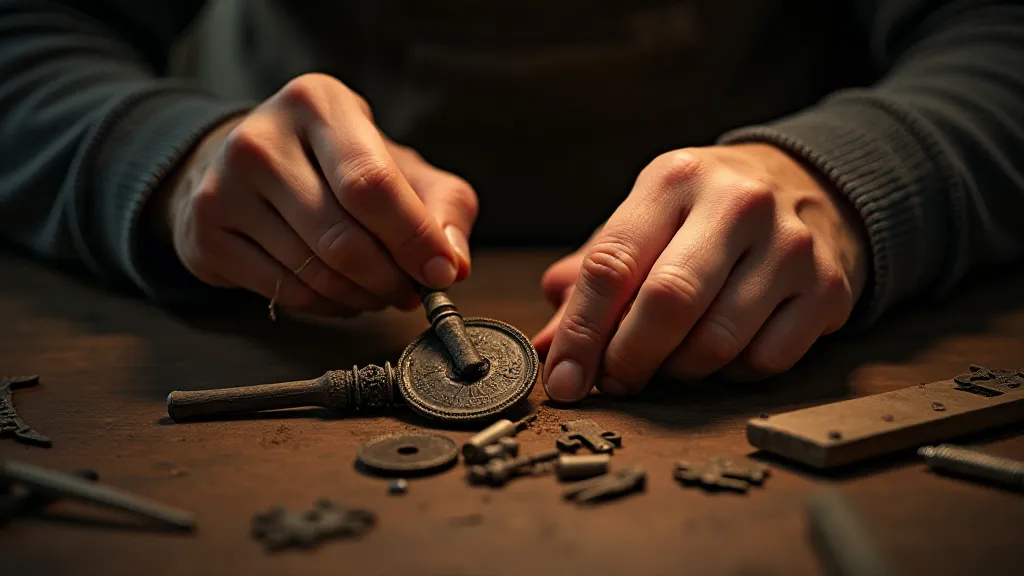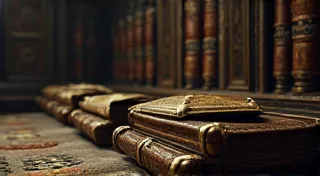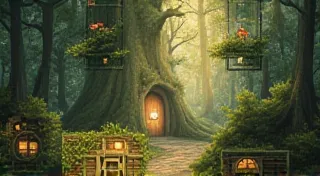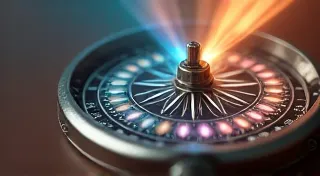Echoes in the Obsidian: Listening for Subtext in Dialogue
There's a peculiar resonance to antique accordions. Not just the bellowing sound – though that’s certainly a magnificent presence – but a deeper hum, a vibration that seems to carry the whispers of lives lived, stories breathed into wood and metal. I inherited one from my grandfather, a silent man who played melancholic tunes after supper. It sat in the corner of his workshop, gathering dust, a tangible echo of a past I barely understood. Holding it, running my fingers over the intricately carved rosewood, I felt a connection to something far larger than myself – a lineage of craft, of emotion, and of unspoken truths.
That sense of unspoken truth, of what lies beneath the surface, is precisely what we, as creative writers, must strive for in our dialogue. Far too often, dialogue becomes a vehicle for exposition, a clumsy explanation of plot points or character motivations. But truly compelling dialogue transcends simple communication; it’s a dance of implication, a layered conversation where what isn't said carries as much weight as what is.
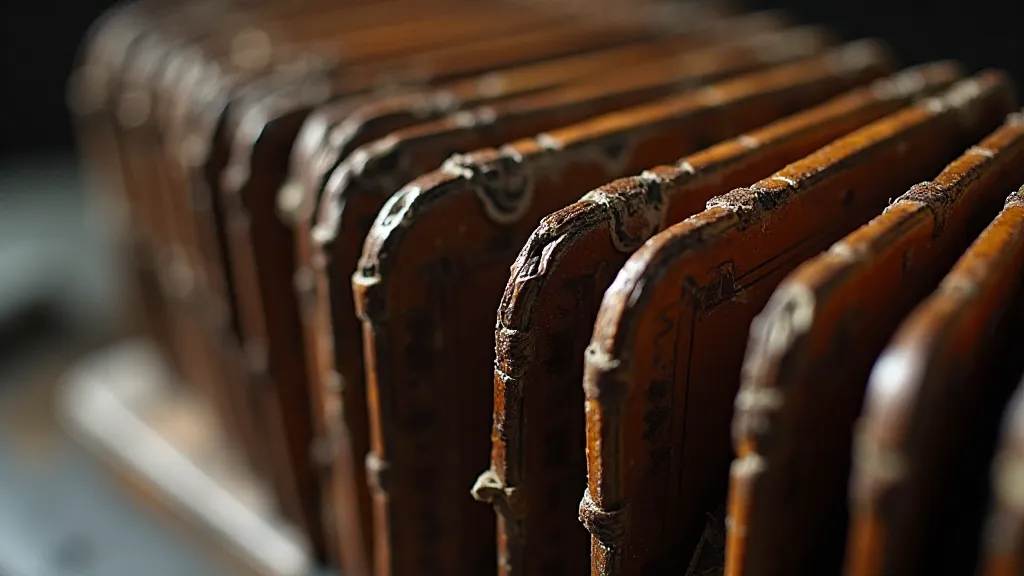
The Accordion's Secret Language
Consider the construction of an accordion itself. Each button, each reed, each painstakingly fitted piece contributes to the final product. A master craftsman doesn’t just assemble components; they coax music from the materials, weaving a complex tapestry of sound. Similarly, effective dialogue isn’t simply a transcription of conversations; it's a carefully constructed representation of underlying emotions, desires, and power dynamics.
My grandfather’s accordion, like all antiques, bore the marks of its history. Scratches on the keys hinted at hurried rehearsals, discolored felt spoke of countless performances under stage lights. The repairman I took it to told me stories of the original owner – a traveling musician who played in smoky cafes and vaudeville houses. He never spoke directly about his life, but the accordion’s condition and the repairman’s observations painted a poignant picture of a man chasing a dream, a life filled with both joy and hardship. This is precisely what we should aim for in writing dialogue: to convey information through subtle cues, allowing the reader to actively participate in constructing the narrative.
Beyond the Literal: Subtext and Implication
Subtext isn't about lying or being deceptive. It’s about recognizing that people rarely say exactly what they mean. They hedge, they deflect, they use sarcasm, they use silence. A character might say, "I'm fine," when they are clearly devastated. They might avoid eye contact when being asked a difficult question. These non-verbal cues, this underlying tension, is the fertile ground where compelling dialogue grows.
Think about a scene where two characters are arguing over a broken promise. Instead of writing, "’I can’t believe you lied to me!’ she shouted," consider something more nuanced: "'It's a beautiful day, isn’t it?' he said, avoiding her gaze." The denial, the deflection, speaks volumes about his guilt and his inability to confront the situation directly. The reader understands the unspoken accusation, the simmering anger, far more powerfully than if it were explicitly stated.
Crafting Dialogue with Depth
Here are a few techniques to help you move beyond surface-level conversation:
- Consider the Power Dynamic: Who holds the power in the conversation? How does that influence their language and behavior? A subordinate character will likely be more cautious, more deferential, than someone in a position of authority.
- Utilize Body Language: Don't neglect the non-verbal cues. A clenched fist, a nervous fidget, a hesitant pause – these can add layers of meaning to the dialogue.
- Employ Silence: Sometimes, what isn't said is far more impactful than what is. A well-placed silence can create tension, reveal vulnerability, or force a character to confront uncomfortable truths.
- Layer in Irony and Sarcasm: These literary devices can be powerful tools for conveying subtext, but use them sparingly and with intention. A sarcastic remark can reveal a character’s hidden resentment or a desperate attempt to mask their pain.
- Think About the Setting: The environment can influence the tone and content of the dialogue. A tense conversation in a crowded marketplace will feel different from a quiet exchange in a dimly lit room.
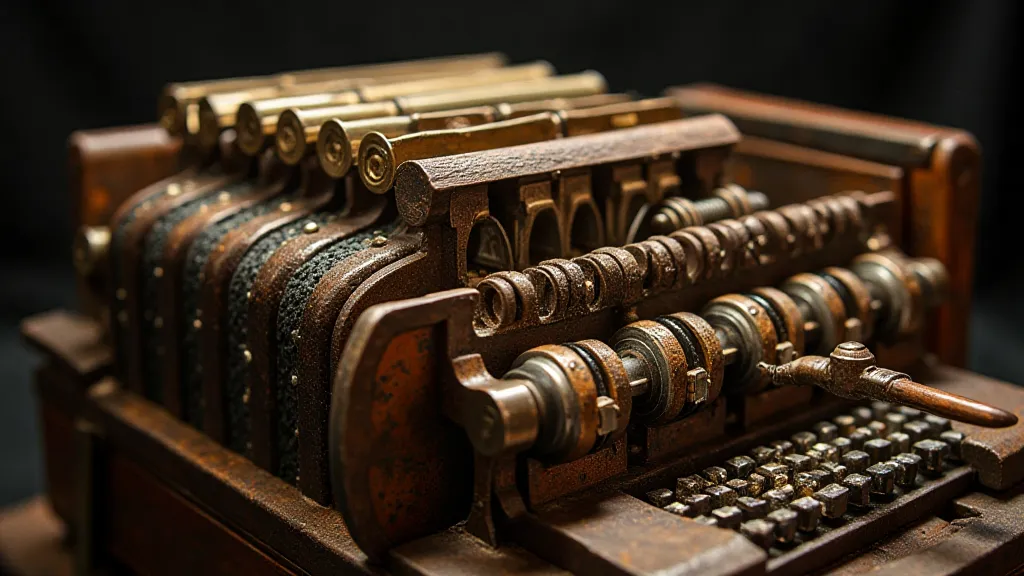
Restoration and Revelation: Connecting to the Past
Restoring an antique accordion is a delicate process. It requires patience, skill, and a deep respect for the object's history. Each repair, each replacement part, is an opportunity to uncover more about the instrument's past. Sometimes, hidden inscriptions or markings are revealed, offering glimpses into the lives of those who owned and played it before. This mirrors the process of understanding characters through their dialogue. Just as a restorer must carefully peel back the layers of time to reveal the original beauty of the accordion, we must peel back the surface of conversation to uncover the underlying truths.
My grandfather never explained why he’s given the accordion to me. It arrived with a simple note: “Listen closely.” Initially, I thought he meant to learn how to play. But over time, I realized he was urging me to listen to something far deeper—to the echoes of the past, to the unspoken emotions that resonate within the instrument, and ultimately, to the subtle nuances that breathe life into compelling stories. My grandfather was a man of few words, but his actions and the legacy he left behind spoke volumes, just as the most impactful dialogue does.
The craft of writing, like the restoration of an antique accordion, is about revealing what lies beneath the surface. It's about listening for the echoes, the subtle vibrations that tell a deeper, more meaningful story. It’s about understanding that the most powerful conversations aren’t always the ones spoken aloud.
